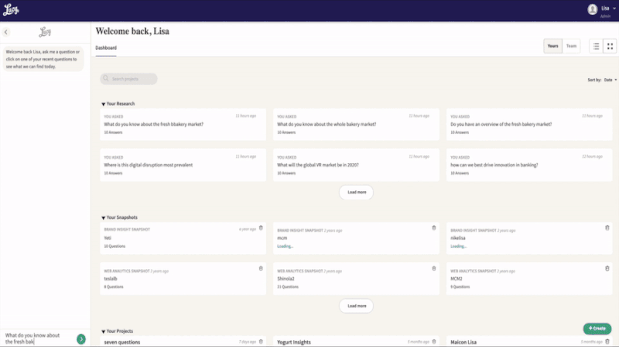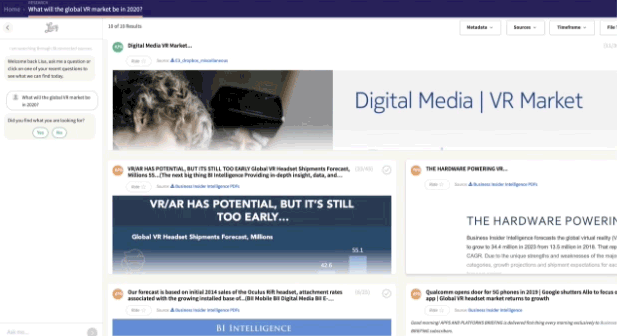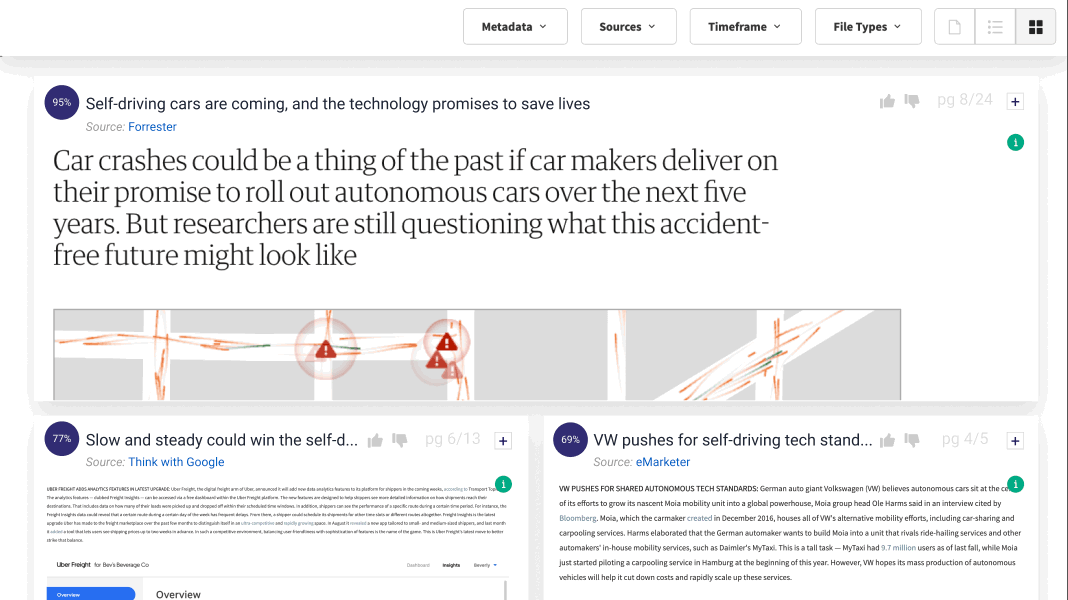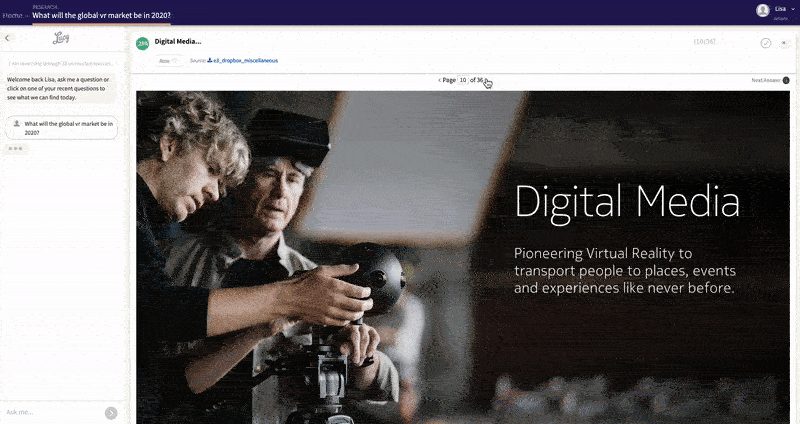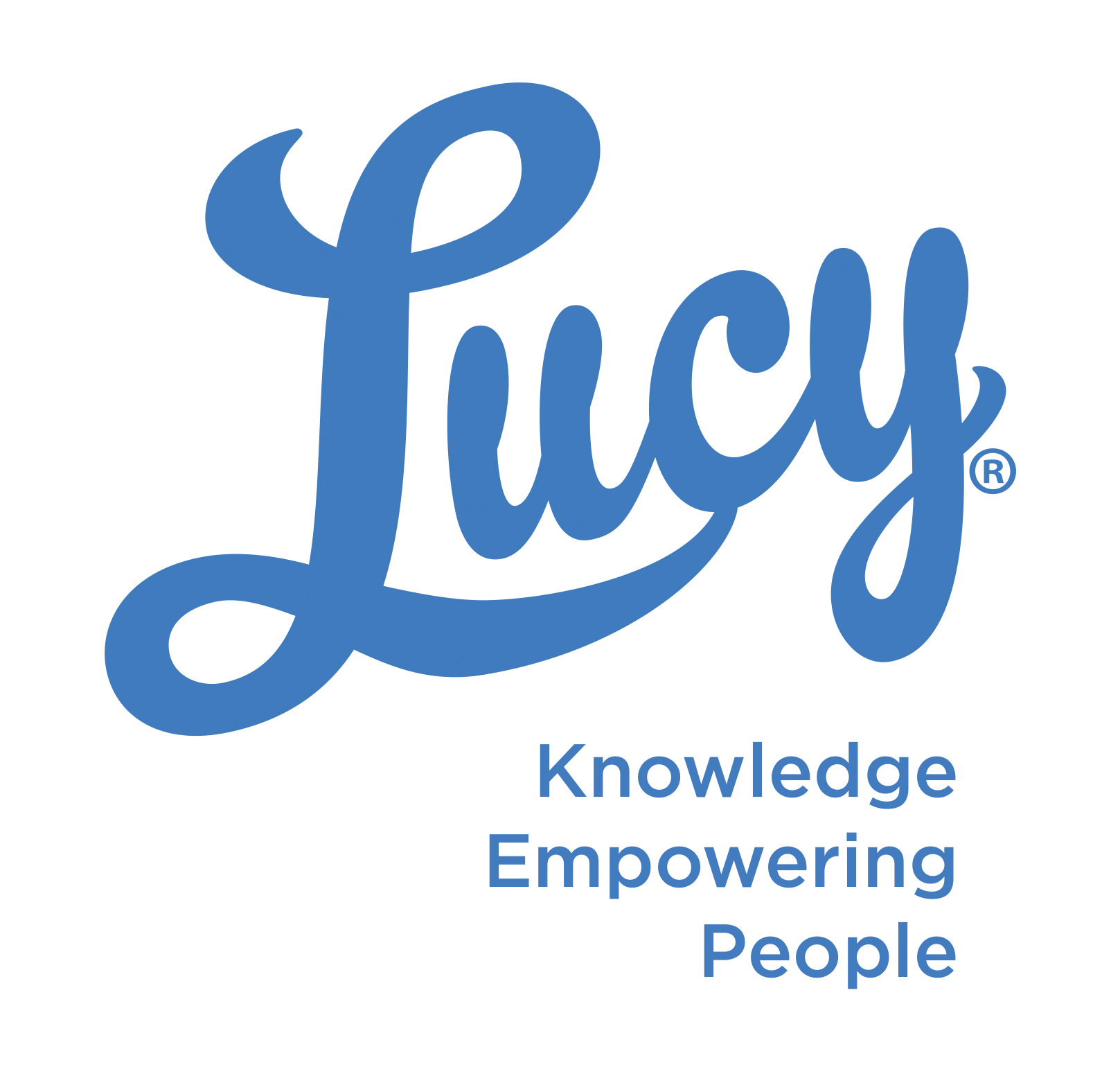Asynchronous work has become increasingly popular in recent years – for obvious reasons — and knowledge management can be a powerful tool to support effective collaboration in this new world of work. By asynchronous work, we mean the practice of working on a team that does not require all members to be online simultaneously. When you work asynchronously, individuals can maximize their productivity without waiting for others to complete tasks. And as a result, asynchronous work can be a productivity gain if you give people the solutions needed to work independently.
As leaders continue to decide the best way to benefit from asynchronous work, many are finding that implementing a knowledge management tool is helping teams work more effectively, than when their work station was in an office. Lucy, our favorite knowledge management tool, has helped many companies navigate the new normal.
Here are some ways knowledge management is crucial in the age of asynchronous work:
Centralized Knowledge Base: One of the key benefits of knowledge management in an asynchronous work environment is the ability to optimize the value of centralized repositories of information. It helps ensure that all team members have access to the information they need to do their jobs, regardless of when or where they are working. These repositories can include things like project documentation, company policies, and training materials.
Collaboration Tools: Knowledge management can also help facilitate collaboration in an asynchronous work environment by providing tools and processes for team members to share and work together on documents and projects. For example, knowledge management tools like wikis, project management software, and shared drives can enable team members to work together effectively, even if they are not working at the same time or at the same place. Asynchronous work often allows diversifying of the team which usually nets new ideas to an organization. Knowledge management allows those new ideas to be easily shared across the team.
Knowledge Sharing Protocols: In an asynchronous work environment, it can be challenging to ensure that knowledge and expertise is shared effectively. Knowledge management can help by providing clear processes for sharing knowledge, such as best practices for document version control or guidelines for sharing project updates.
Better Access to Expertise: Another advantage of knowledge management in an asynchronous work environment is the ability to provide access to expertise. When team members are not working at the same time, it can be challenging to get the answers to questions or resolve issues in a timely manner. However, by providing access to a centralized knowledge base or experts within the organization, team members can get the support they need, even if they are not working at the same time.
Continuity and Sustainability: Finally, knowledge management can help ensure continuity and sustainability in an asynchronous work environment. When team members are not working at the same time, it can be challenging to ensure that knowledge and expertise is not lost when team members leave the organization. However, by capturing knowledge, organizations can ensure that it is available for future use.
Overall, knowledge management — and may we suggest our very own, Lucy! — can be a powerful tool to support effective collaboration in an asynchronous work environment. By providing access to information and expertise, facilitating collaboration, and ensuring continuity and sustainability, knowledge management can help organizations achieve their goals, even when team members are not working at the same place or in the same time zone.
For more information on how Lucy can help your organization better tackle asynchronous work, learn more here!

